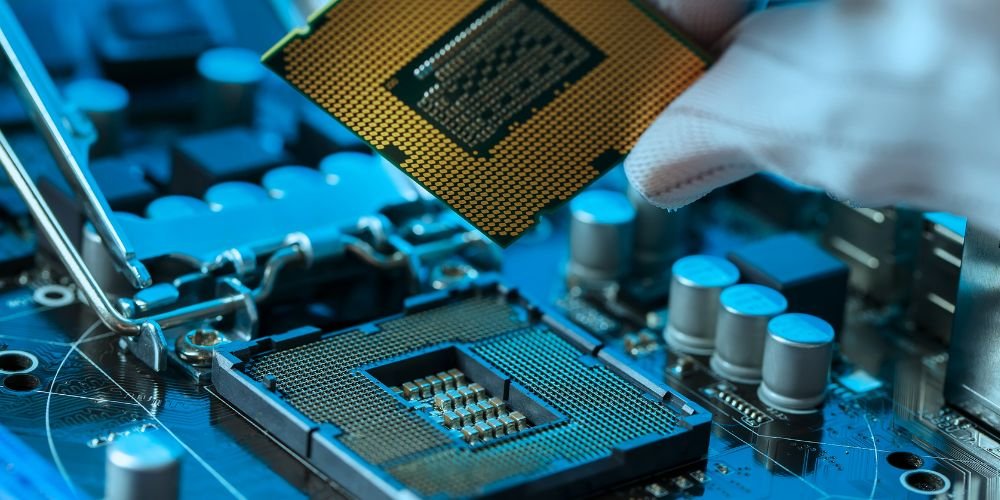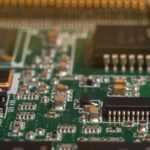Edge computing has emerged as a transformative paradigm in the world of technology, offering a decentralized approach to data processing and analysis. Unlike traditional cloud computing, which relies on centralized data centers, edge computing brings computing resources closer to the source of data generation, enabling faster response times, reduced latency, and improved efficiency. This opinion piece will delve into the significance of edge-computing hardware and its role in driving innovation across various industries.
Enhancing Speed and Efficiency
One of the primary benefits of edge computing hardware is its ability to enhance speed and efficiency in data processing and analysis. By processing data closer to where it is generated, edge computing reduces the need for data to travel long stretches to centralized data centers, resulting in lower latency and quicker response times. It is particularly critical for applications that require real-time data processing, such as autonomous vehicles, industrial automation, and augmented reality.
Enabling Offline Operation and Resilience
Edge computing hardware also enables offline operation and resilience in environments with limited or intermittent connectivity to the cloud. Organizations can continue to operate and process data even when internet connectivity is disrupted by deploying computing resources at the network’s edge. It is especially beneficial for manufacturing, energy, and transportation industries, where downtime can have significant operational and financial consequences.
Supporting IoT and Sensor Networks
Edge computing hardware is crucial in supporting the growth of IoT (Internet of Things) and sensor networks by providing localized processing and analysis capabilities. Instead of relying on centralized cloud infrastructure to handle all IoT data, edge devices can preprocess and filter data locally before sending relevant insights to the cloud for further analysis. Minimizing the transmission of sensitive data over the network reduces bandwidth requirements and enhances privacy and safety.
Reducing Bandwidth Costs and Data Transfer
Another advantage of edge computing hardware is its ability to reduce bandwidth costs and data transfer requirements by processing and storing data locally. By aggregating and analyzing data at the network’s edge, organizations can minimize the amount of data that must be transmitted to centralized data centers, thereby reducing bandwidth usage and associated costs. This is beneficial for applications that generate large volumes of data, such as video surveillance, smart cities, and environmental monitoring.
Conclusion
Edge computing hardware revolutionizes how data is processed, analyzed, and acted upon in the digital age. By bringing computing resources nearer to the source of data generation, edge computing enables faster response times, offline operation, and resilience in the face of connectivity challenges. As organizations continue to embrace edge computing technology, the demand for innovative edge computing hardware solutions will only grow, driving further advancements in speed, efficiency, and reliability across various industries.










